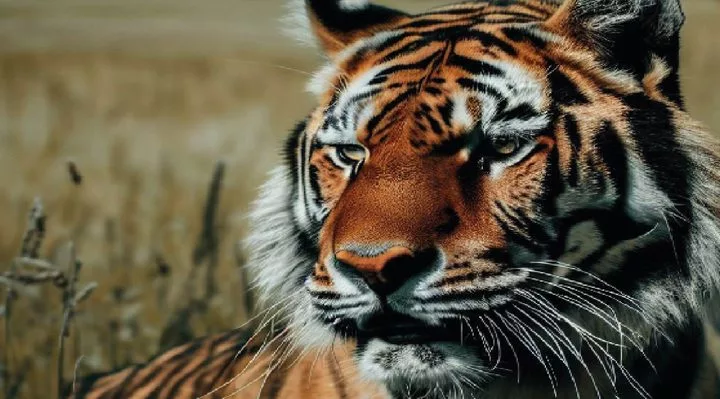Being an avid art enthusiast, I’ve always been fascinated by the power artistic expression has to push boundaries and connect people from different backgrounds. Recently, however, I’ve noticed a groundbreaking shift in the art world—a revolution driven by the intersection of creativity and technology. This revolution, spearheaded by integrating artificial intelligence (AI) into artistic processes, is not only redefining the way we create and consume art but also amplifying voices that have long been marginalised. Imagine strolling through a gallery adorned with vibrant canvases, each telling a unique story inspired by different cultures, experiences, and perspectives. Now, envision these artworks not only created by human hands but also by AI algorithms, blurring the lines between human creativity and machine intelligence. This phenomenon is not science fiction; it’s the reality of contemporary art.
A pioneering example of this synergy is the project “DeepDream”, developed by Google’s AI researchers. DeepDream uses neural networks to generate mesmerising, dreamlike images that defy conventional aesthetics. By feeding these networks with vast datasets of images ranging from Renaissance masterpieces to modern digital art, the program learns to interpret and reinterpret visual patterns, allowing it to challenge our perception of reality. But AI’s impact on art extends far beyond the world of abstract imagery. It’s also revolutionising storytelling and narrative development. Take, for instance, the film “Zone Out,” which was created using an AI program called Benjamin and premiered in 2018. The film showed us how AI can be used to weave together narratives inspired by various cultural mythologies and, consequently, result in a cinematic experience that celebrates the richness of global storytelling traditions.
AI has also been democratising artistic expression by providing a platform for underrepresented voices to be heard. Organisations like Artrendex leverage AI algorithms to analyse art collections and identify patterns of cultural representation. This allows Artrendex to highlight artists whose work may have been overlooked due to systemic biases. For instance, these projects have the potential to uncover a previously unknown female sculptor from the Renaissance whose work was overshadowed by her male contemporaries. By promoting diversity and inclusivity in the art world, AI is challenging traditional hierarchies and fostering a more equitable creative landscape.
In the world of art history, it is no secret that the narratives framed around cultural representation have, more often than not, been shaped by biases and Eurocentric perspectives. However, with the rise of AI technologies, there’s newfound hope for decoding diversity and uncovering hidden stories within art collections worldwide. By harnessing AI’s analytical power, we can challenge the status quo and reshape our understanding of the past.
Another remarkable AI application right now is the “Art Genome Project” by Artsy—a comprehensive database that utilises machine learning algorithms to analyse and categorise artworks based on various criteria, such as artistic style, cultural origin, and historical significance. With a bold and ambitious vision, this project seeks to create a more inclusive and nuanced way to appreciate art, emphasising the connections between artists across different cultures and eras.
Perhaps the most impactful use of AI when it comes to reshaping art history narratives lies in its ability to uncover overlooked artists and artworks from underrepresented communities. Initiatives like the “AI for Cultural Heritage” project by Microsoft use machine learning algorithms to find patterns of cultural representation within digitised art collections in order to highlight marginalised voices from this new knowledge. By shedding light on artists who have been historically and systematically sidelined or ignored, AI can challenge longstanding narratives and enrich our collective understanding of artistic legacy.
As we embrace AI’s transformative potential in art history, it’s essential to recognise that technology alone cannot dismantle systemic biases or promote inclusivity. However, for today, I want to emphasise that by using AI’s abilities to partner with diverse communities and foster interdisciplinary collaboration, we gain the power to spark positive change and pave the way for a more equitable and diverse artistic landscape. In the age of AI-enhanced art, the possibilities for creativity and cultural exchange are limitless—and inclusive.


